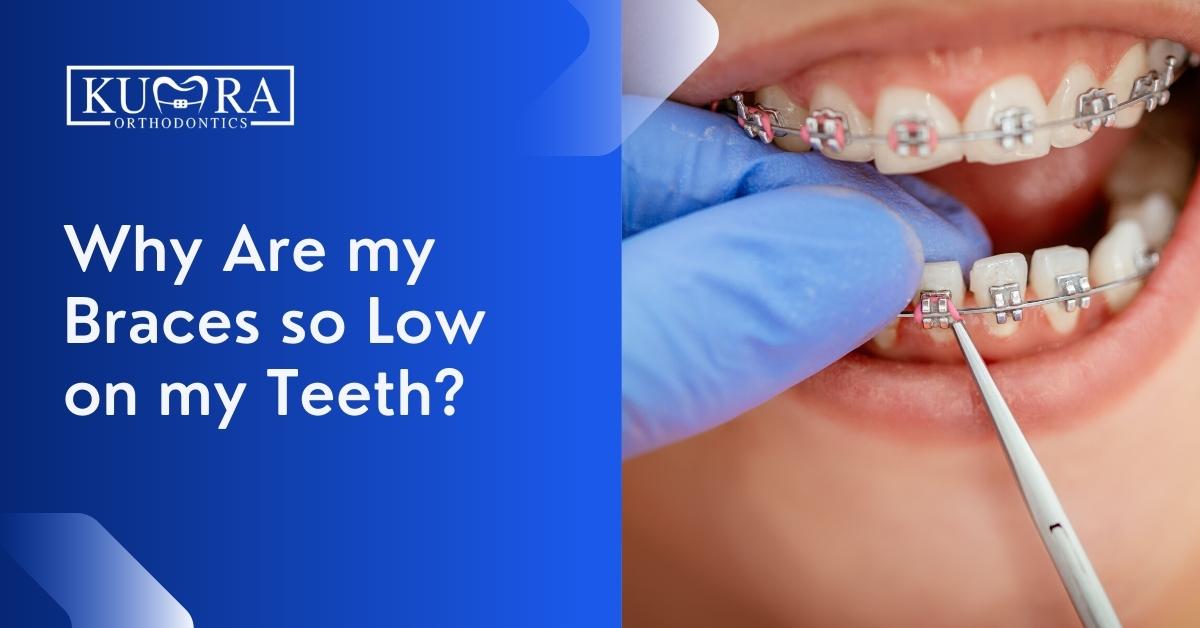Comprehensive Overview to Orthodontics Treatments for Dealing With Oral Imbalances
Recognizing the intricacies of each procedure, including their mechanisms, benefits, and possible drawbacks, is crucial in making informed choices concerning one's orthodontic treatment. As we navigate via the detailed guide to orthodontic treatments for remedying oral misalignments, the elaborate information of each technique will unfold, losing light on the path towards a unified and functional dental placement.
Orthodontic Procedures Overview

In enhancement to clear aligners and standard dental braces, orthodontists may likewise advise other interventions like headwear, palatal expanders, or retainers to resolve specific placement issues (cumming invisalign). These procedures are customized to each patient's unique needs and may include a mix of therapies to accomplish the desired outcomes. Normal adjustments and tracking are crucial components of orthodontic treatment to make sure development is on track and to make any necessary modifications along the road. By undertaking orthodontic treatments, patients can not only accomplish a straighter grin yet additionally enhance their total oral wellness and function.
Standard Braces: Exactly How They Work
When thinking about orthodontic therapies for oral misalignments, typical dental braces attract attention as a tried and true technique for remedying teeth placing. Conventional braces consist of braces, cords, and bands that work together to use constant stress on the teeth, progressively moving them right into the wanted placement. The braces are affixed to the teeth utilizing a special adhesive, and the cords are threaded with the braces. By changing the tension of the cables, orthodontists can control the instructions and pressure applied to each tooth, directing them right into proper alignment over time.
One secret aspect of just how standard dental braces job is the procedure of bone improvement. As pressure is put on the teeth via the dental braces, the bone surrounding the teeth is improved to sustain the new tooth settings. This remodeling is necessary for the long-lasting stability of the dealt with placement. Individuals will require normal modifications at the orthodontist's workplace to make certain the dental braces remain to use the right stress for effective teeth movement.
Undetectable Aligners: Cons and pros
These clear, tailor-made trays are virtually unnoticeable when worn, making them an enticing alternative for individuals seeking a more aesthetically pleasing orthodontic treatment. Patients can remove the aligners before consuming or cleaning their teeth, lowering the risk of food obtaining stuck in the device and simplifying the cleansing procedure.

Surgical Orthodontic Options
Surgical treatments in orthodontics existing viable choices for addressing complex dental imbalances that might not be successfully fixed through standard orthodontic therapies. While standard dental braces and unnoticeable aligners can remedy numerous orthodontic concerns, specific cases require medical treatment to achieve optimum outcomes. Surgical orthodontic alternatives are usually recommended for serious malocclusions, significant jaw disparities, and situations where the underlying bone structure requires modification to attain correct placement.
One typical medical orthodontic procedure is orthognathic surgery, which includes rearranging the jaws to correct practical concerns such as problem talking or eating. This surgical treatment is often carried out in collaboration with an orthodontist that assists align the teeth before and after the treatment. Surgical orthodontics might also include procedures to subject influenced teeth, remove excess gum cells, or read more improve the jawbone to develop an extra harmonious face account.
Before taking into consideration medical orthodontic options, individuals go through an extensive assessment to determine the necessity and prospective advantages of such interventions. cumming orthodontics. While surgical treatment may seem complicated, it can dramatically improve both the function and appearances of the smile in instances where conventional orthodontic therapies drop short
Retainers and Post-Treatment Care

Post-treatment care includes complying with the orthodontist's directions faithfully. This may consist of correct dental health practices, attending follow-up consultations, and using the retainers as recommended. Failure to follow post-treatment treatment instructions can cause regression, where the teeth slowly return in the direction of their initial settings. Consistent retainer wear, look at these guys good dental hygiene, and routine dental exams are important for keeping the results achieved via orthodontic surgery and making sure the lasting stability of the fixed oral alignment.
Conclusion
In verdict, orthodontic procedures supply different options for dealing with oral misalignments. Conventional dental braces use metal brackets and cords to change teeth into correct positioning. Unnoticeable aligners give a more very discreet alternative but may not be ideal for all cases. Surgical orthodontic options are available for more extreme misalignments. Retainers are commonly utilized post-treatment to preserve the brand-new placement. On the whole, orthodontic treatments can successfully improve oral health and visual appearance.
As we browse via the detailed guide to orthodontic treatments for dealing with oral misalignments, the detailed details of each approach will certainly unfold, losing light on the course towards a harmonious and useful dental positioning. - orthodontics
One of the most common orthodontic therapies is the use of dental braces, which are composed of metal braces and wires that apply gentle pressure to progressively shift teeth right into the desired position.When taking into consideration orthodontic treatments for oral imbalances, standard braces stand out as a tried and true approach for remedying teeth placing. Furthermore, invisible aligners might not be ideal for complicated orthodontic go to my blog concerns that call for even more substantial teeth movement, as they are usually suggested for mild to modest instances. Retainers are custom-made orthodontic gadgets developed to hold teeth in their fixed settings after the completion of orthodontic treatment.